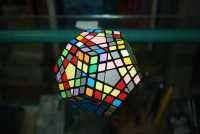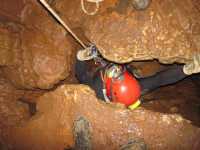In LaTeX there are 10 special characters:
# $ % & \ ^ _ { } ~
Most of them can be escaped prepending a simple backslash, but \, ^ and ~ need special treatment:
- for backslash (\) use \textbackslash{}
- for caret (^) use \^{} or \textasciicircum{}
- and for tilde (~) use \~{} or \textasciitilde{}
In short:
| To get | You must use |
|---|
| # | \# |
| $ | \$ |
| % | \% |
| & | \& |
| \ | \textbackslash{} |
| ^ | \textasciicircum{} |
| _ | \_ |
| { | \{ |
| } | \} |
| ~ | \textasciitilde{} |
y para el caracter '¿' tambien aplica?
use \textquestiondown
also see:
http://en.wikibooks.org/wiki/LaTeX/Special_Characters#Other_symbols
Para el >???
necesito > esta cuña como hago
para > usa \textgreater
necessito escribir 'Re' (de roughness Reynolds number), pero LibreOffice me lo hace como el simbolo de los numeros reales. Como hago para escribir Re?
Y para escribir « ¿qué hago?
para << escribid $\ll$
para <<< escribid $\lll$










New comment
Please, write down your name and what you want to say :-)